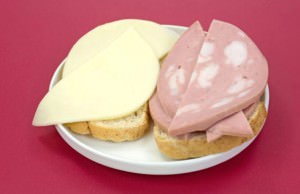Cleopatra Ate These 21 Foods To Stay Young
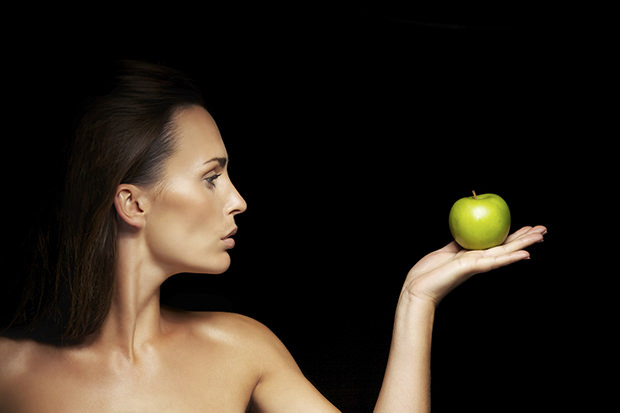
The last queen of ancient Egypt has been celebrated for her beauty secrets for centuries. While Cleopatra was famed for her use of cosmetics and beauty regimens, it appears that her diet also helped contribute to her youthful beauty and health.
The following 21 foods were on Cleopatra’s menu and if you want to experience their benefits, be sure to add them to yours too!
1. Beer
Beer was popularly enjoyed among ancient Egyptians. During Cleopatra’s time, royals would have been able to import beers from other renowned regions too. In addition to wine, Cleopatra’s table never lacked beer and it was enjoyed by both children and adults.
Although it was heavily consumed by wealthy Egyptians, beer was also the most popular drink of the poor. Not only were wages often paid in beer, but the pyramid builders living in the workers village of Giza also received beer three times a day. It’s interesting to note that beer was commonly offered to the gods.
Legends say that Osiris taught his people the art of brewing beer, but this work was left exclusively the women. Although beer could have been as intoxicating as it is today, there is some evidence that suggests that it was milder and more nutritious.

2. Bread
In addition to beer, bread was central to the nourishment of ancient Egyptians. From an early point in their history, both were consumed at every meal and everyone’s diet consisted of beer and bread. In fact, no meal was complete without these two favorites.
Bread was made from all sorts of ingredients and almost any cereal could have been used in its production. It is interesting to note that some flour caused severe abrasion of the teeth and all classes suffered from this problem, even Amenhotep III.
According to Egyptian Food and Drink written by Hilary Wilson, ancient Egyptians had all sorts of bread, including flatbread and crispy wafers, loaves, conical-shaped breads, cakes, biscuits and pastries. He also says that bread was generally made from emmer wheat, but ground barley was also used to make coarser bread. Naturally, most of the barley ended up in the beer production.
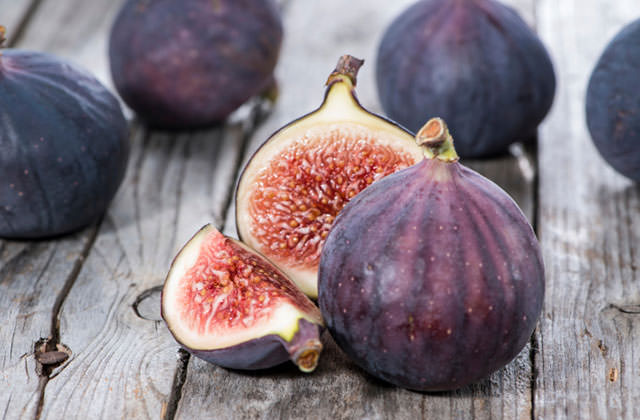
3. Figs
Figs are, without a doubt, an important part of Cleopatra’s legend as they are associated with her suicide. According to Plutarch, Cleopatra’s last meal included a basket of figs beneath which lay the famous asp.
Due to the fact that figs are native to the Middle East and the Mediterranean, they were not popular only among Egyptians. However, it is believed that they were the first to cultivate them. Namely, figs were held in such esteem in Greece that they created laws to prevent their export. They were also considered sacred fruits in ancient Rome.
Contemporary medical research confirms that a diet rich in figs offers protections for the skin and hair. Such a diet can help ward off skin conditions and support overall skin health and beauty. Other health benefits of figs consumption include lowering high blood pressure, lessening the risk of osteoporosis and managing weight.
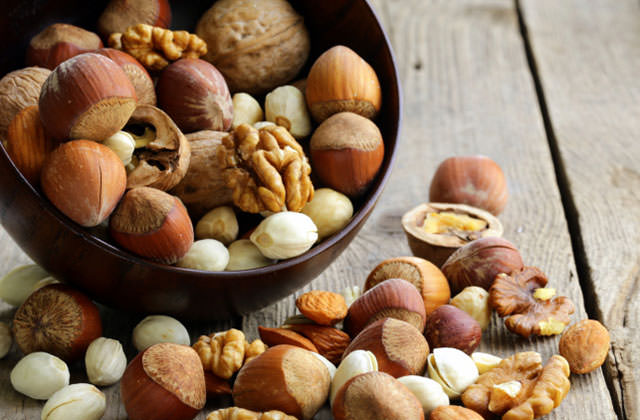
4. Nuts
Nuts were, along with figs, one of the most popular royal desserts in ancient Egypt. Due to the fact that nuts are excellent for our health, there’s no doubt that Cleopatra was aware of their numerous health benefits and included them in her diet. A recent Harvard study confirmed that eating nuts leads to a longer life and prevents cancer and cardiovascular diseases.
Additionally, nuts have numerous health benefits and can help transform your skin, hair and nails. They are rich in antioxidants which give your skin moisture and combat dryness. Moreover, nuts help strengthen hair and nails and keep hair from thinning.
They also protect from skin cancer, sun damage and sun and age spots. Finally, they keep us full for longer, thus aiding in weight loss. Although they are rich in good monounsaturated fats, they are high in calories so you should eat them in moderation.
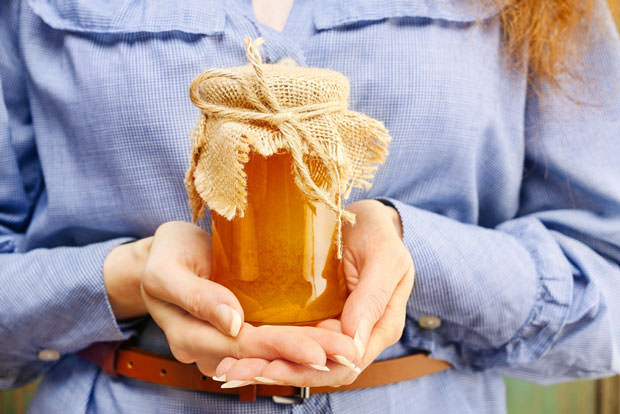
5. Honey
Delicious desserts in ancient Egypt consisted of figs and nuts covered with honey. Honey was frequently added to wine and various kinds of bread. In addition to being a tasty sweetener, honey was also associated with everlasting beauty and eternal life. Since honey was connected with immortality, it’s not surprising that Cleopatra enjoyed milk and honey baths that undoubtedly helped her preserve her beauty and youthfulness.
Moreover, ancient Egyptians used honey for centuries as a medicinal remedy and made ointments to treat skin and eye disease. They also applied honey to open wounds, but it should be stated that honey was far too expensive for peasants and servants. Therefore, this superfood was only available to the richest members of society. In recent times, archeologists who have been excavating ancient Egyptian tombs have often found pots of honey among the tomb’s treasures and artefacts.
However, it was not the discovery of the pots that surprised them. The honey, thousands of years old, was completely preserved and unspoiled.

6. Grapes
Cleopatra would have likely eaten grapes as well as drank wine made from grapes. Grapes are well known for their power to fight free radicals that can lead to the appearance of aging. A diet, even an ancient diet, rich in grapes would have rendered a person with age-defying protections for the skin as well as for various systems of the body. In addition to rejuvenating skin cells, grapes are amazing skin softeners.
They can also help in lightening acne scars and protect against sunburns. Since grapes keep our minds and bodies healthy, they are considered superfoods. They are probably most famous for keeping our heart healthy and preventing numerous cardiovascular diseases.
However, they also keep us safe from cancer and diabetes. Moreover, consuming grapes may help reduce symptoms of allergies and keep your bowel movements regular.
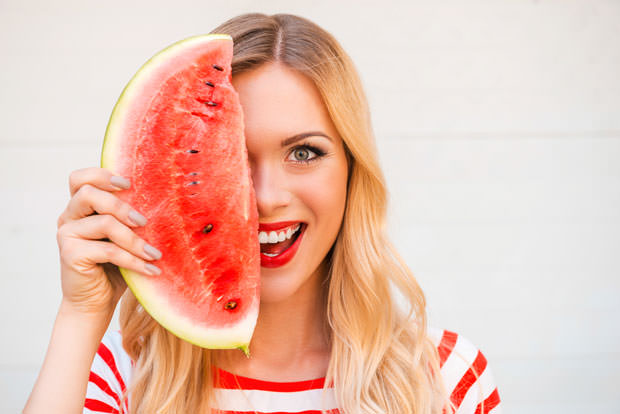
7. Watermelons
Cultivated in ancient Egypt since 2000 B.C., the watermelon was the fruit of choice for many Egyptians to help them endure the scorching summer days. Watermelons were usually served after meals as desserts, or as refreshing snacks. Despite the fact that watermelons are actually more than 90 percent water, they are high in nutrients and benefit our health and beauty in more ways than one.
Watermelons have anti-aging properties and are also natural skin toners. They moisturize and hydrate the skin and can be used as natural remedies for acne and to treat sunburns. Moreover, they keep our cardiovascular system healthy, promote bone strength and prevent cancer.
They help in weight loss, improve sleep, prevent dehydration and support the immune system. Finally, they reduce stress and anxiety and boost energy. What makes watermelons even more awesome is the fact that one serving contains around 50 calories.
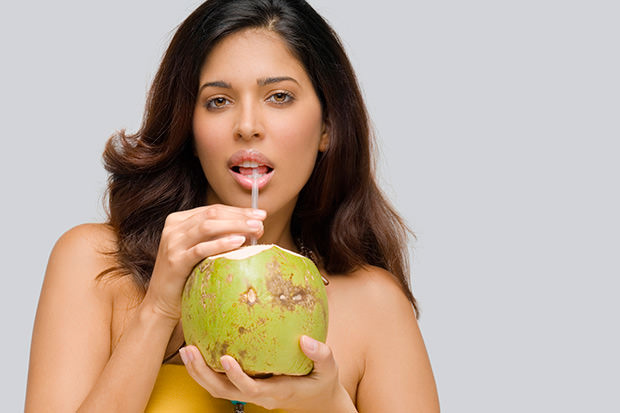
8. Coconuts
Coconuts were considered a luxury fruit that was available only to the wealthiest Egyptians. Since coconut oil is natural, it does wonders for the skin and hair. Cleopatra was certainly aware of all the benefits of using coconuts to enhance her appearance. Coconut oil is famous worldwide not only as an edible oil and natural hair conditioner, but also as a skin softener and massage oil.
It moistens the skin, reduces scars and repairs skins. Further, it can be used as an under-eye cream, lip balm, body scrub and make-up remover. Many people use coconut oil to protect their skin from the sun’s harmful rays, and it is believed that it slows down the aging process.
Although we can never be sure how Cleopatra and other rich Egyptians used coconut oil, we now know that is helps us stay beautiful, youthful and healthy.
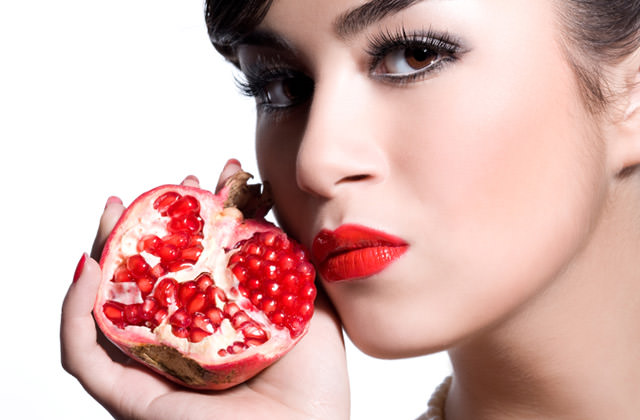
9. Pomegranates
A favorite of the royals, the pomegranate was highly valued in ancient Egypt and was part of the fruit supply required in the home of a pharaoh. Like many other fruits, the pomegranate also had a wide variety of uses. For instance, the juice was thought to fight worms in the intestines, while the blossom was uses to make a red dye.
Over time, pomegranates became sacred objects and depictions of them were discovered on the walls in the tombs, representing the afterlife. Since they were revered fruits, pomegranates were believed to have healing and medicinal powers, as well as numerous benefits for skin, hair and nails.
They aid in replenishing dry skin, protect our bodies against the sun and have anti-aging effects. By stimulating collagen production, pomegranates help us look and feel younger and fresh and there are some indications that they minimize skin wrinkle activity.
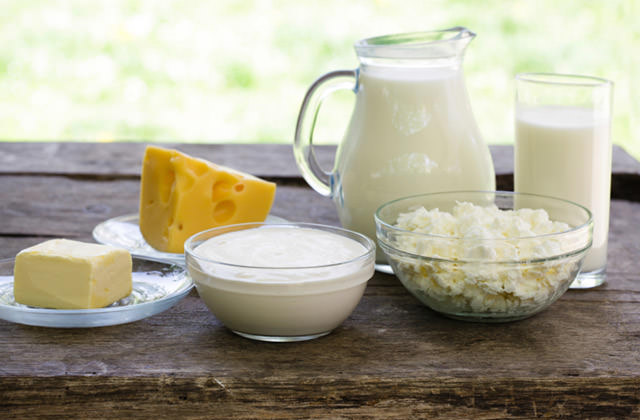
10. Milk And Cheese
Ancient Egyptians milked cows, sheep and goats and included milk and milk products in their daily diets. Since Egypt is a hot country, milk would go sour after a few hours. Therefore, any milk that was not going to be consumed in a matter of hours would either be preserved as a yogurt-like drink (although there is no firm evidence that yogurt was produced and used in ancient Egypt) or made into butter or cheese.
As we already mentioned, Cleopatra used to bathe in milk and honey and she most likely consumed milk and dairy products on a regular basis. Milk, yogurt and cheese are nutrient-rich foods which are high in calcium, vitamin D, protein and other essential nutrients.
Apart from contributing to a youthful appearance, flawless skin and strong hair and nails, these healthy foods help maintain strong bones, reduce blood pressure and aid in weight maintenance or loss.

11. Meat
Although ancient Egyptians didn’t eat a lot of meat, beef, mutton, duck and goose were regularly served to the royals, Cleopatra included. The affluent also eat oxen, but only on very special occasions. Pigs, on the other hand, were commonly consumed by working-class Egyptians and were considered unacceptable to the gods. According to Herodotus, the pig was regarded as an abominable animal by the Egyptians.
If a person would accidentally touch a pig, they would go to the river to cleanse themselves. They had to preserve their meat quickly and fish roe, beer and honey were used as preservatives.
Basically, most of the meat they ate was either raw or sun-dried in salt. Even though meat has recently been blamed for many diseases, unprocessed, naturally fed meat like the one in ancient Egypt has several health benefits and improves our overall well-being.
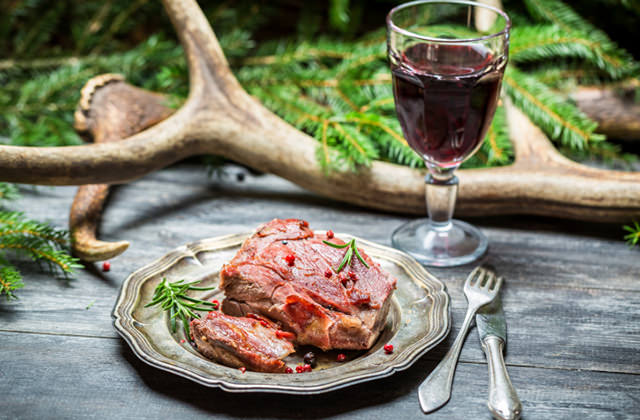
12. Wild Boar and Deer
In addition to keeping the previously-mentioned domesticated animals as a source of meat, ancient Egyptians hunted game in the marshes of the delta, as well as in the desert, and especially enjoyed eating wild boar and deer. While hunting was a leisure and fun activity for the wealthy, the poor also hunted in order to obtain extra meat. According to Plutarch, Cleopatra once ordered eight wild boars to be roasted for only 12 guests at a banquet the queen was giving for Mark Antony.
Even though people are worried that meat consumption increases cholesterol and damages heart health, there is no such risk connected to venison. While wild boar meat is excellent for heart health, dear meat is rich in protein and helps in lowering cholesterol. Lastly, wild boar and deer meat improve immunity and overall health.

13. Fish
Fish was by far the most commonly consumed meat in ancient Egypt. Although the wealthy Egyptians and the priesthood believed that the majority of fish was filthy, it was a staple food among the poor. Herodotus stated that priests were forbidden to eat fish and fish rarely served as an offering to the dead.
However, some species of fish were gladly eaten by the rich and were even considered sacred. Also, salted fish was a delicacy of its own and the rich enjoyed eating it. Nowadays, we know that consuming fish has lots of health and beauty benefits. Firstly, fish prevents heart disease and boost brain function.
Further, eating fish reduces the risk of Alzheimer’s and eases depression. When it comes to beauty, fish is amazing for skin and hair – it will keep your hair shiny and skin moist.

14. Wild Birds
In addition to ducks and geese that were domesticated, Egyptians liked to eat wild birds such as pigeons, pelicans and cranes. They went hunting in the marshes of the Delta where they would trap a large number of these birds. The nobility enjoyed eating eggs from wild birds and their eggs were often used to make cakes.
One of Cleopatra’s favorite dishes was stuffed pigeon, a meal that is today considered Egypt’s specialty. Although this is a rare dish in the western world, stuffed pigeon (hamam mahshi) might positively surprise you.
Of course, we’re not talking about urban pigeons, but birds that are bred for their meat and cared for in a special environment. These wild birds are high in immune-boosting nutrients, including iron, zinc and selenium and are also a great source of protein. Well, if pigeons were good enough for Cleopatra, the least we could do is give them a shot.
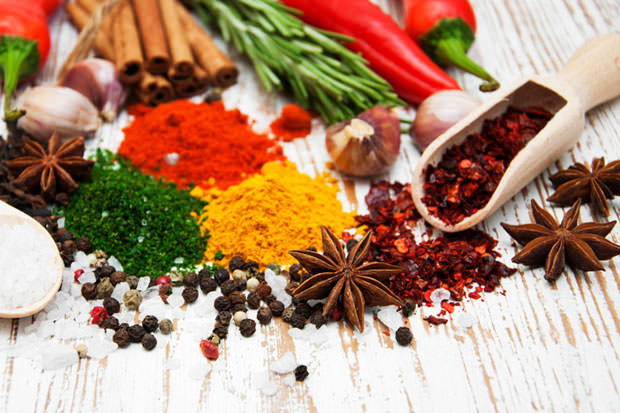
15. Herbs And Spices
Ancient Egyptians used aromatic herbs and spices extensively in cooking, medicine, embalming and as perfumes. Herbs and spices that were grown domestically include celery, rosemary, parsley, mint, sage, cumin, fenugreek and black mustard. Cinnamon was also popular, but it was not cultivated in Egypt. Apart from consuming them, herbs played an important role in religion, medicine and everyday life.
Ancient documents speak of herbs and spices that were used in sacred rituals and ceremonies performed in temples and pyramids. They were also essential in healing and medicine. We should mention than Egyptians were masters of perfumery and they were reputed as the finest perfume makers in the Middle East.
When Julius Caesar conquered Egypt and returned home with Cleopatra, he ordered his men to toss perfume bottles to the gathered crowd to show he was the ruler of Egypt.
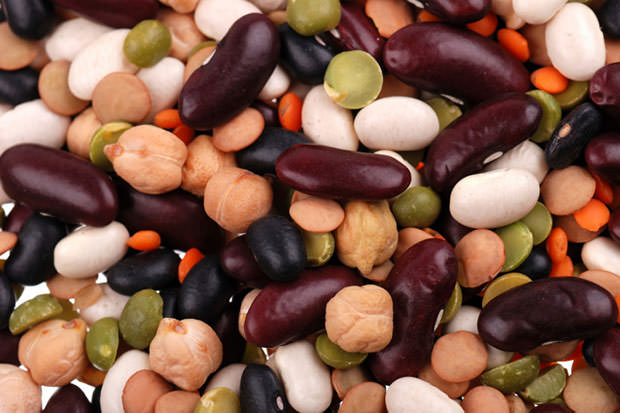
16. Legumes
There is a lot of evidence in royal tombstones that legumes played a major role in the diet of ancient Egyptians and they were definitely vital sources of protein. While their nutritional values vary, all legumes are high in minerals, including zinc, magnesium and iron, and they are amazing sources of protein and fiber.
Legumes are one of the cheapest and best beauty foods known to man and you should definitely include more of them in your diet.
Since they are also low in fat and contain no cholesterol whatsoever, they will keep you both healthy and beautiful. Legumes reduce the risk of many types of cancer, heart disease and diabetes, and improve hair, skin and nails at the same time. The best part is that there are around 400 varieties of beans around the globe and chances are you are going to love the majority of them.
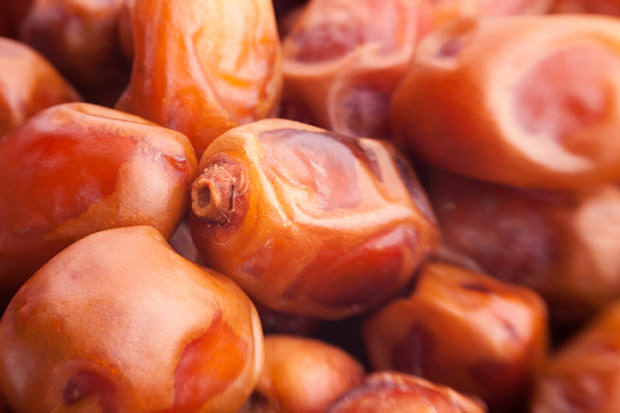
17. Dates
During her reign, Cleopatra owned lands that contained the best dates in the ancient world. Dates are loaded with nutrients that would have promoted the queen’s health and helped maintain her youthful appearance. Studies show that dates also contain nutrients that enhance the healthy glow of the skin and also support strong, healthy hair. Dates are considered an excellent natural aphrodisiac and recent studies have shown that they increase sexual stamina.
In addition, they keep your heart healthy and reduce the risk of stroke and other heart related diseases. Research has also found that dates improve the functionality of the nervous system and help keep the mind sharp and alert. Natural energy boosters, dates reduce stress and help you feel better and more positive.
Last but not least, they are commonly used to prevent hangovers and provide instant relief from alcohol intoxication.
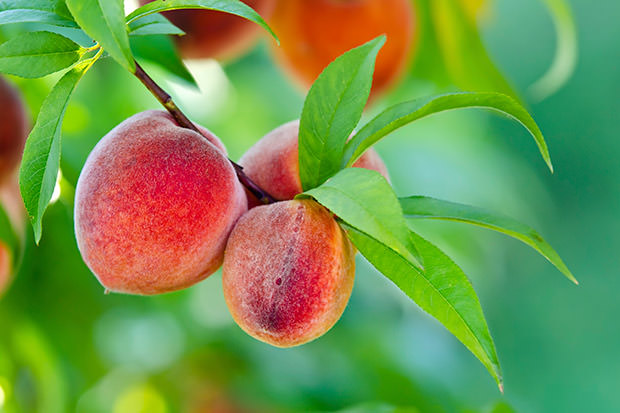
18. Peaches
Peaches are originally from China where they are considered a symbol of immortality due to the number of health benefits connected with their consumption. The Ptolemy family, of which Cleopatra was a member, would have certainly enjoyed fruits like peaches. With their vitamin C content, peaches can provide protection for the skin.
They are said to help keep wrinkles away. Moreover, many ancients believed they were a potent female aphrodisiac and, as many know, Cleopatra was famous for her sexuality. In addition to keeping the skin healthy, peaches are also the perfect food for losing or maintaining weight.
One peach contains between 35-50 calories and no fat which makes it an ideal sweet snack. Since peaches keep us full for longer, they prevent overeating. They also reduce hair loss and reduce stress and anxiety. Not only do they enhance physical beauty, but peaches also prevent diabetes, cardiovascular disease and cancer.
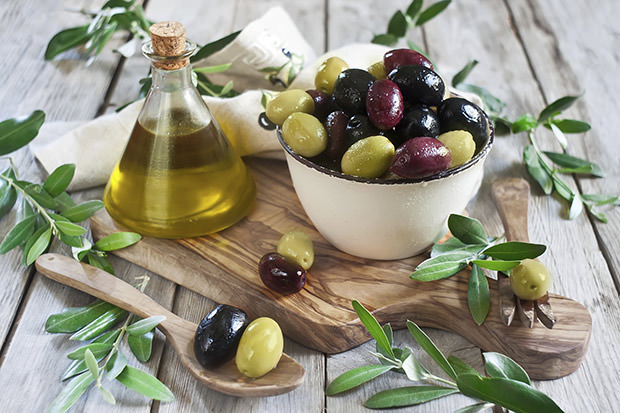
19. Olives
The Mediterranean is awash with olive oil nowadays, but it was also well known during Cleopatra’s time and certainly formed a significant part of her diet. Olive oil is known to help keep the heart young, but its antioxidant protections also extends to the skin.
The queen’s skin most likely benefitted from her consumption of olives and olive oil, along with her baths of milk and honey. Today we know that olive oil aids in the prevention of many diseases, including cancer, and slows down the aging process. Since olive oil doesn’t cause allergies, even people with sensitive skin can safely use it and enjoy the anti-aging properties of olive face masks.
Not only does olive oil soften the skin, but it also preserves its resilience and elasticity. And olive oil consumption might lower blood pressure, reduce levels of obesity, help with osteoporosis, prevent strokes and skin cancer, protect from depression and reduce stress.

20. Wine
When speaking of grapes, we mentioned that Cleopatra enjoyed wine. Wine production began very early in the history of the ancient Egyptian civilization and the sweet drink was only consumed by the upper classes. Basically, only royalty and nobility owned vineyards, while lower classes had the opportunity to taste this glorious drink during public feast and celebrations. As you might assume, wine was associated with the gods and it was believed to possess divine qualities.
According to Plutarch, wine was ‘the blood of those who had once battled against gods and from whom, when they had fallen and had become commingled with the earth, they believed vines to have sprung.’ Plutarch also claimed that he was told that Osiris was the first to drink wine and teach men how to produce it.
Be as it may, Cleopatra definitely indulged in the divine drink that promotes longevity, improves mental health and protects against cancer and cardiovascular disease.
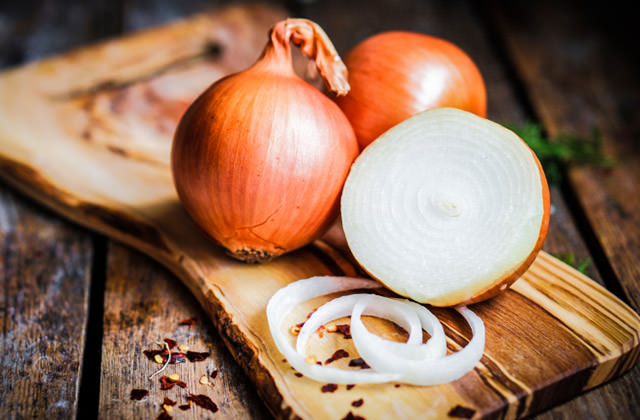
21. Onions
In Egypt, onions can be traced back to the fourth millennium B.C. Objects of worship, onions were the symbol of eternal life because of their circle-within-a-circle anatomy. Pharaohs were buried with onions and they were shown upon the altars of the gods.
Priests were often depicted holding leaves or roots of onions and every great feast or celebration included a bundle of onions. As strange as it may sound, onions were placed all over mummies and Ramses IV was buried with onions in his eye sockets.Apart from having a sacred role in ancient Egypt, onions have also been used for medicinal purposes.
There are more than 8000 known onion alleviated ailments. Ancient Egyptians believed that onions improve endurance and ate a fairly large amount of them. Finally, although onions were sweeter than those eaten today, they were widely consummated and used in cooking.



